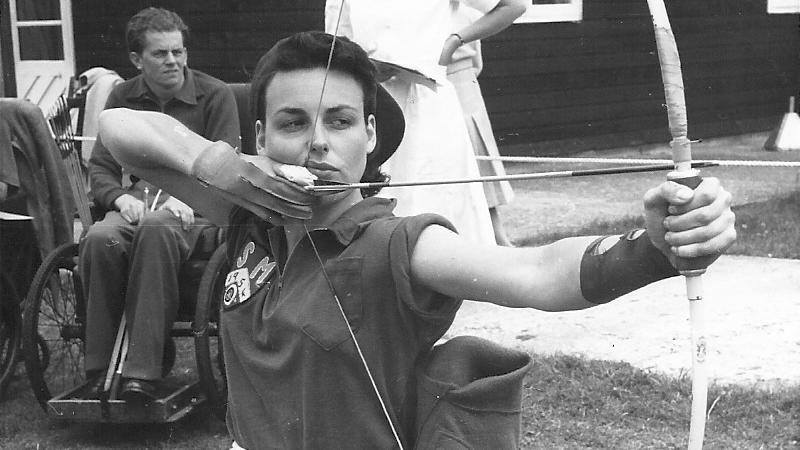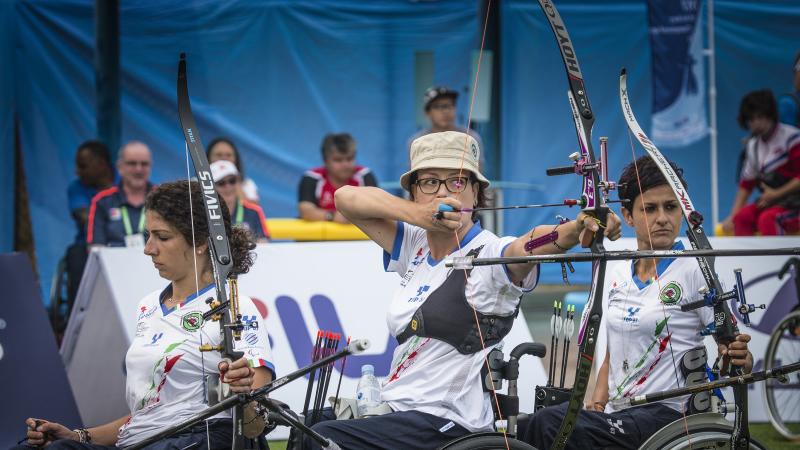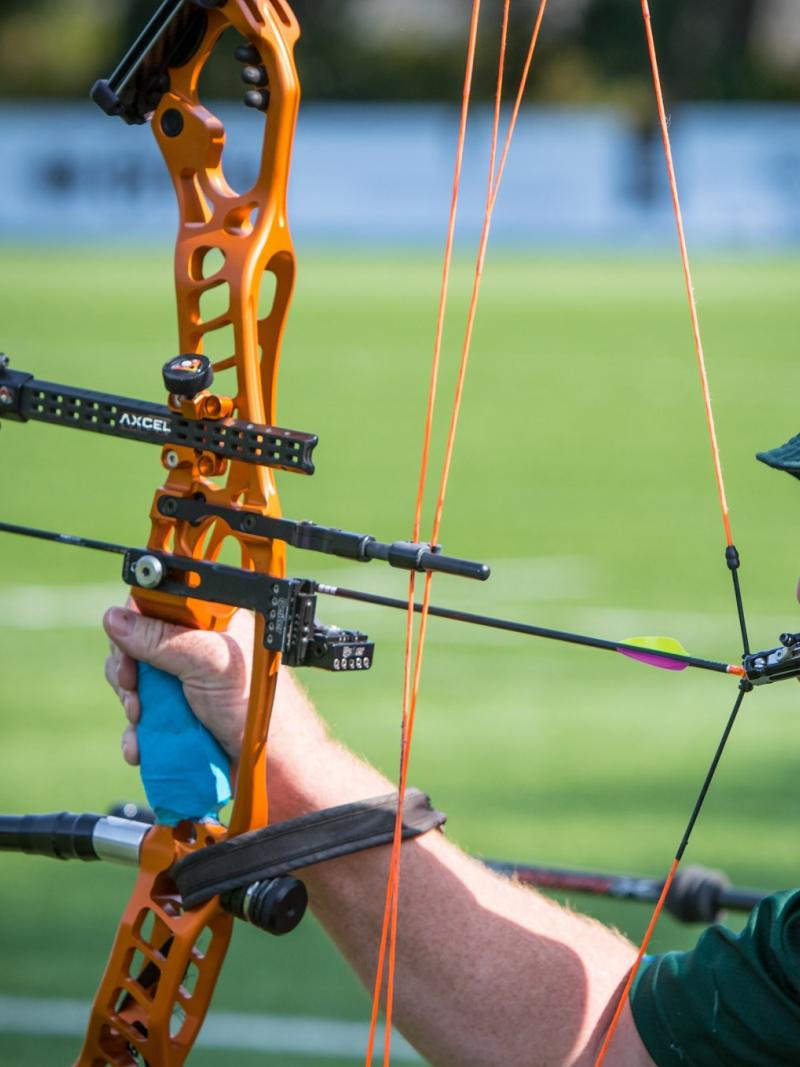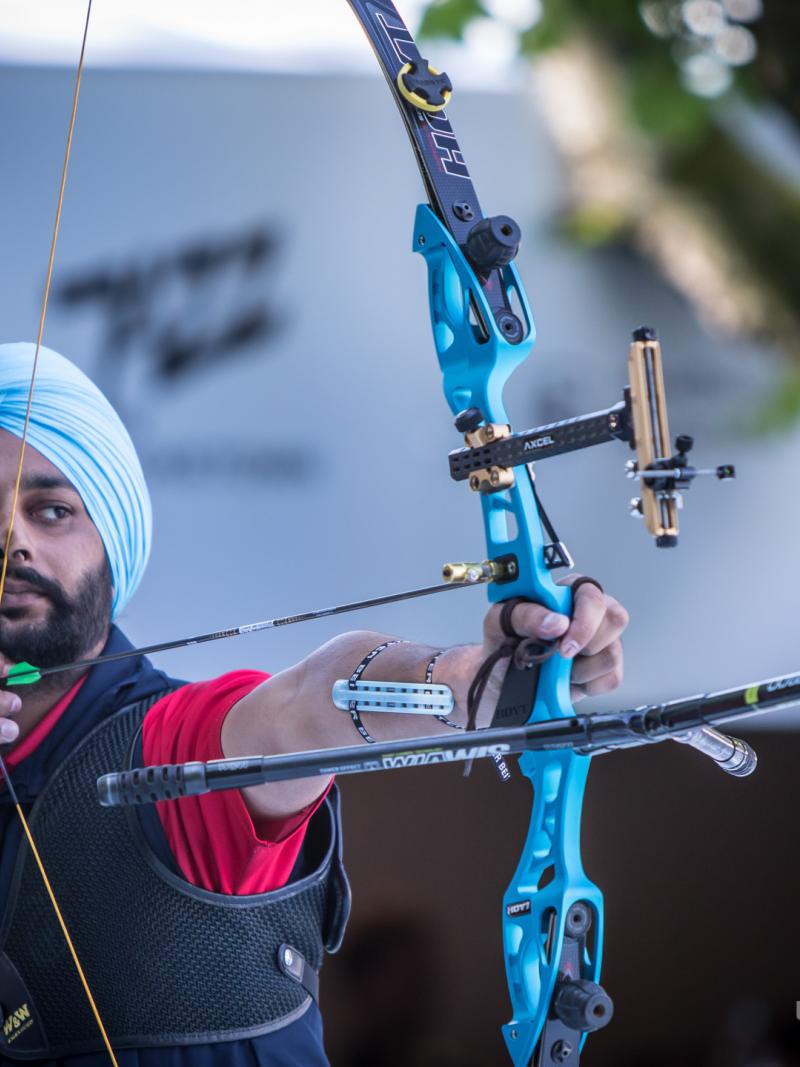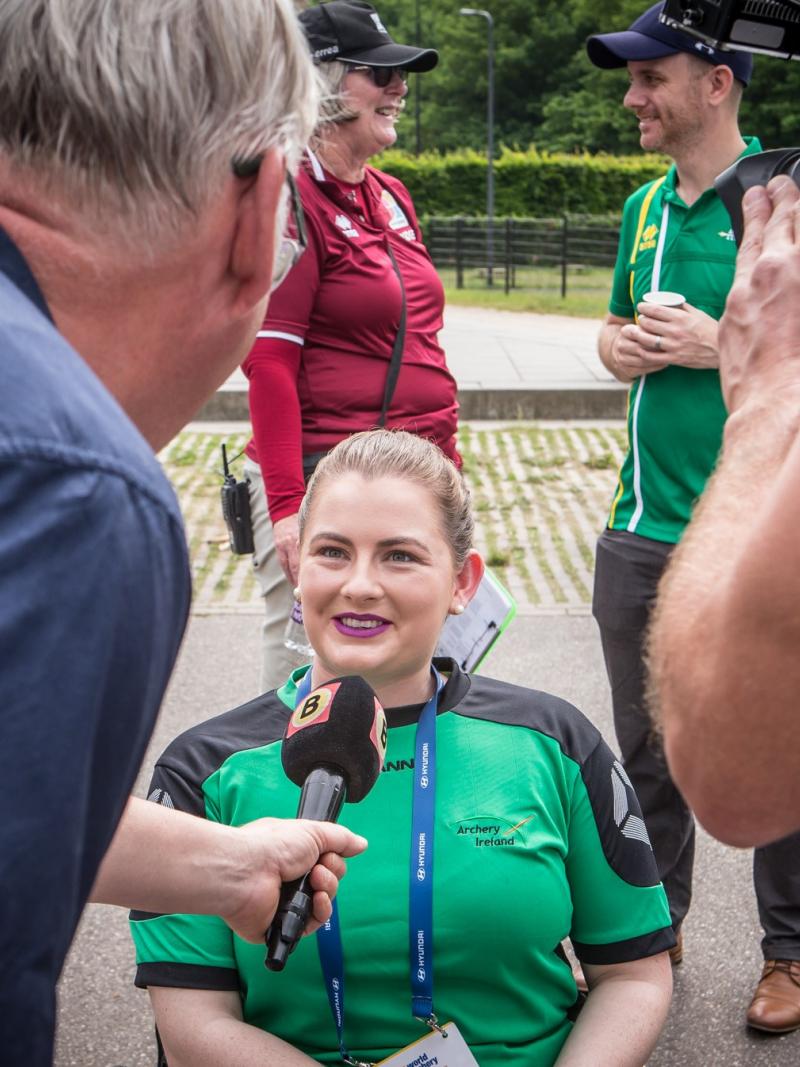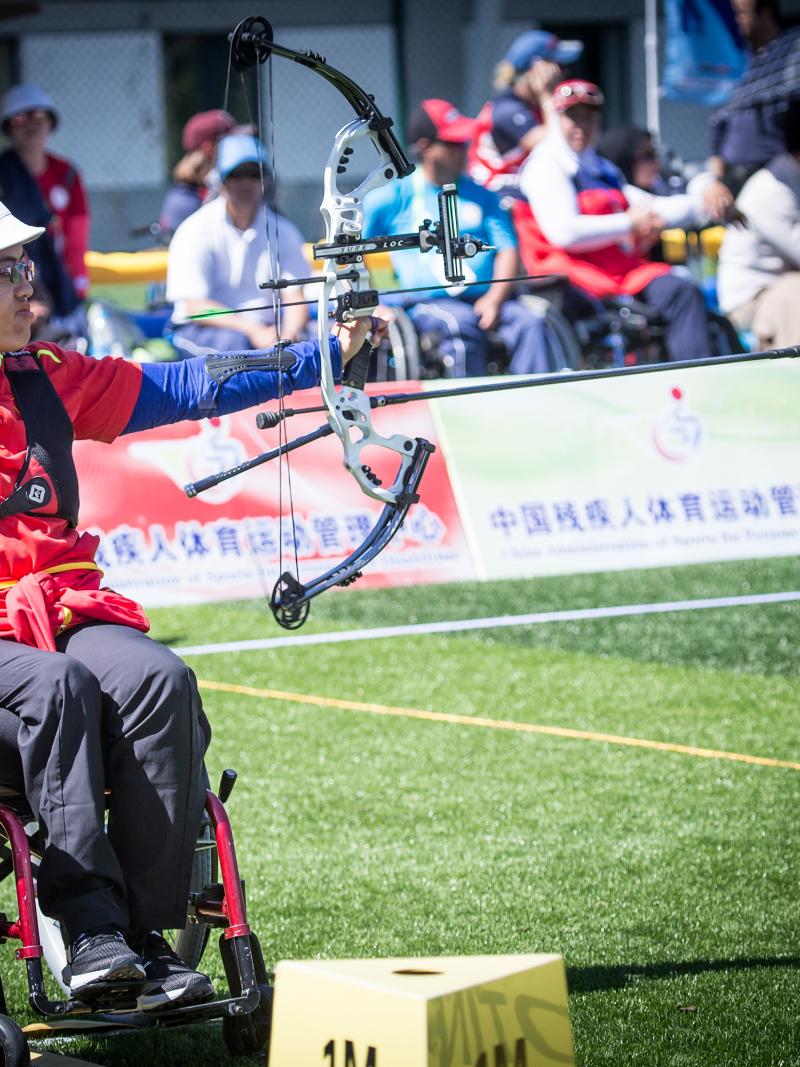Sport Week: Welcome to Para archery
Get to know the sport ahead of the Tokyo 2020 Paralympic Games 17 Feb 2020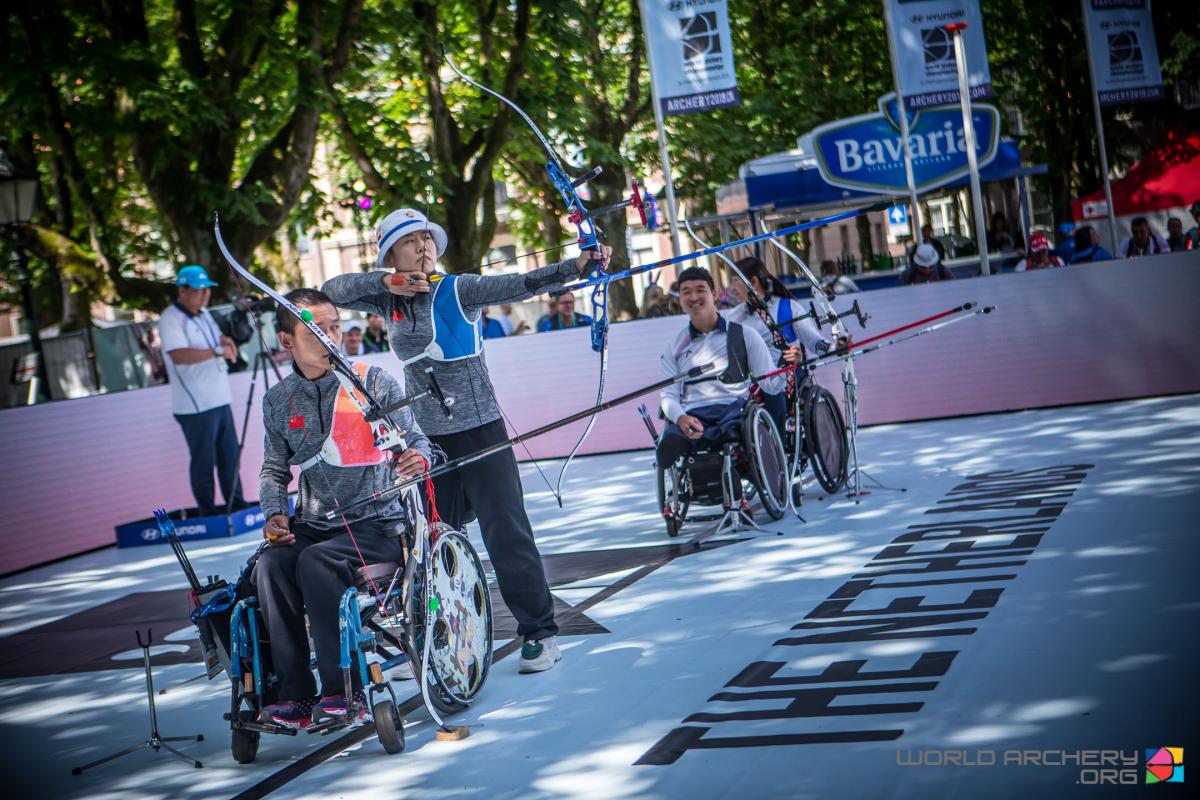
Para archery has one of the richest histories in the Paralympic Movement. It was part of the first Paralympic Games in 1960 and has since been in every Games programme.
Archery is the practice of using a bow to shoot arrows at a target, and requires precision, control, focus and repetition. It was an ideal rehabilitation activity for patients with spinal cord injuries at Stoke Mandeville Hospital in Great Britain. Eventually some of those patients were among the 16 competitors who competed in Para archery at the 1948 Stoke Mandeville Games – the Paralympics’ predecessor.
The sport has since evolved from a means of rehabilitation and recreation for people with a physical disability, to high performance. At the Rome 1960 Paralympics, archery consisted of eight medal events with 19 athletes cross eight countries. Fast forward to the latest Games at Rio 2016, 137 athletes from 40 countries competed over nine events; mixed team events made their Paralympic debut.
The competition programme at the Tokyo 2020 Games will see nine medal events across three categories: recurve open, compound open and W1. Recurve and compound events are held with wheelchair users with full arm function (W2) and standing athletes (ST) combined, shooting recurve and compound bows, respectively. Athletes competing in W1 events (archers with functional impairments in at least three limbs and the trunk) can choose which of the two bows to use.
History was made at the 2015 World Championships in Donaueschingen, Germany, where vision impaired archery was re-introduced for the first time since 2009. But the category is not on the Paralympic programme in Tokyo.
Para archery programme at Tokyo 2020:
• Individual W1 (men and women)
• Individual Compound - Open (men and women)
• Individual Recurve - Open (men and women)
• Team W1 (mixed)
• Team Compound - Open (mixed)
• Team Recurve - Open (mixed)
Competition will take place at the Yumenoshima Park Archery Field from 28 August – 5 September.
How it works
Archers shoot arrows at distances from 50 or 70m – using either a recurve or compound bow – trying to get as close to the centre of a target.
They shoot their arrows with two types of bows: recurve – distinctive as the limbs curve outwards at the top – and compound, which feature mechanical pulleys, telescopic sights and release aids to assist in accuracy. Archery events using the compound bow are not part of the Olympic programme.
The distance to and size of the target differs. In recurve events, a 122cm target is used at 70m, with bands scoring from 10 down to one point as you move from the centre to the outside.
In compound, a 48cm target is used at a distance of 50m, with bands scoring from 10 down to five points as you move from the centre to the outside. This is known as a ‘six-ring target.’
The target in W1 events is 80cm and is shot from 50m, with bands also scoring from 10 down to one point as you move from the centre to the outside.
In the preliminary round, athletes receive a ranking based on their total score from 72 arrows, then proceed to the elimination round. The match format then differs between categories.
In recurve events, five-set matches are played in individual events. Each set offers two points for a win, one point for a draw and no points for a loss. A total of six points or more is required to win.
In compound and W1 individual events, three arrows are released in each end for a top score of 30 points. The archer with the highest total score after five ends (top score of 150 points) wins. In mixed events, four arrows are released for each end (two per person for a top score of 40 points), and the team with the highest total after four ends (for a top score of 160 points) is the winner.
Mixed events are held as four-set matches; points are awarded in the same way as individual events. A total of five points or more for one pair is required to win.
 Facebook
Facebook
 Instagram
Instagram
 Twitter
Twitter
 Youtube
Youtube

